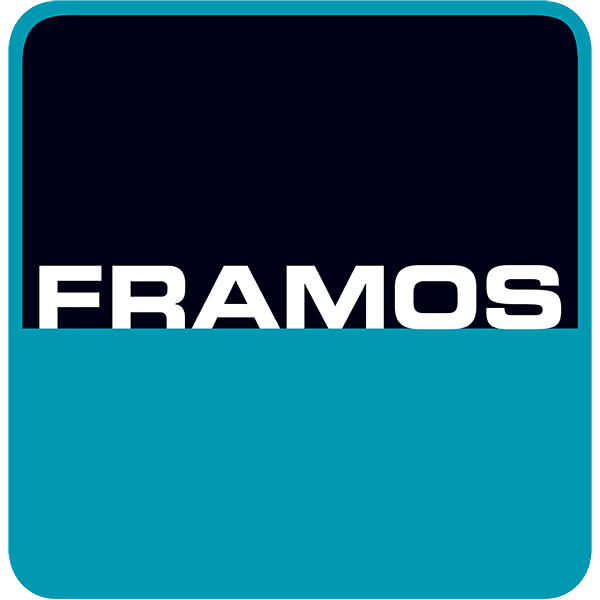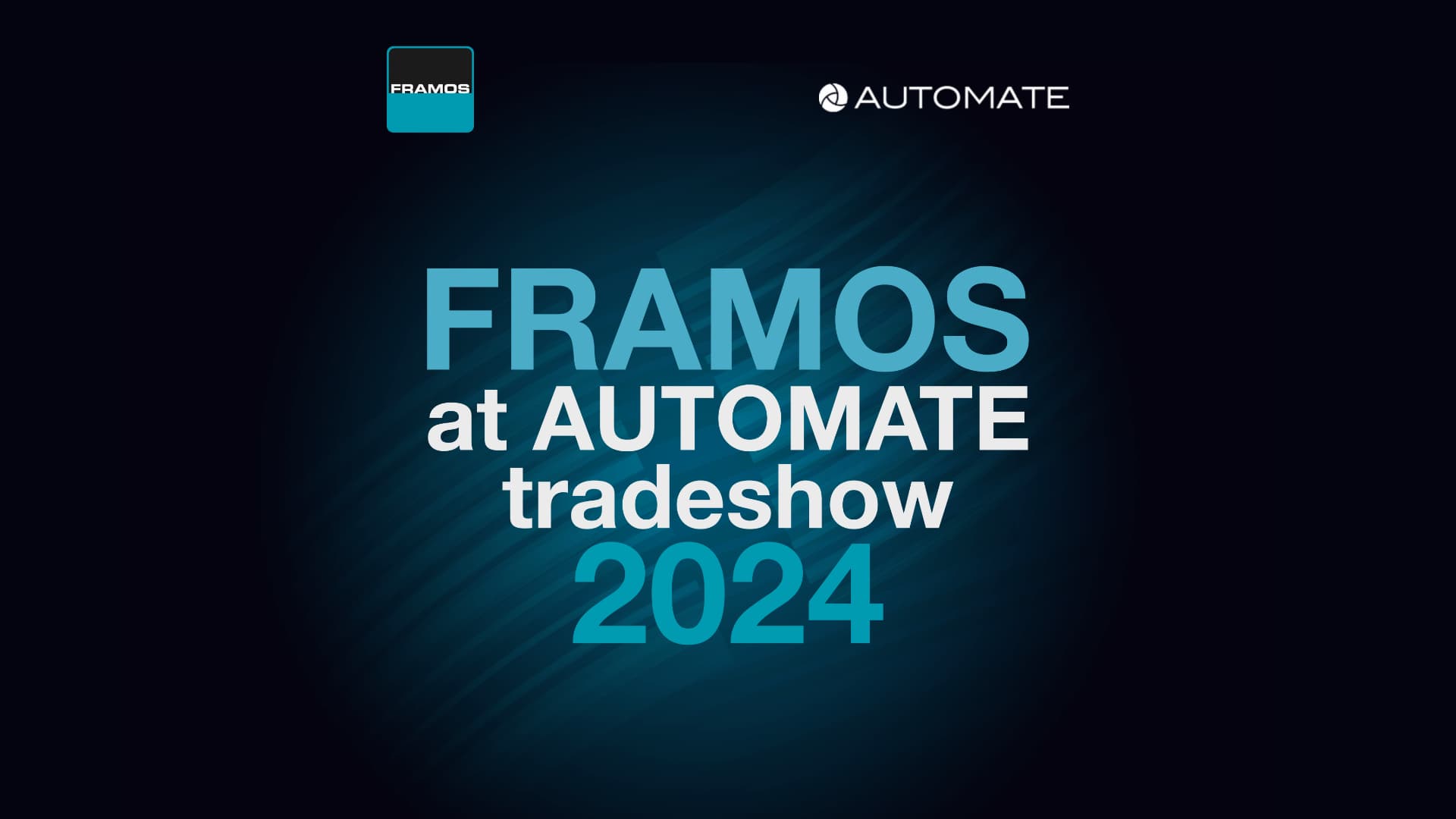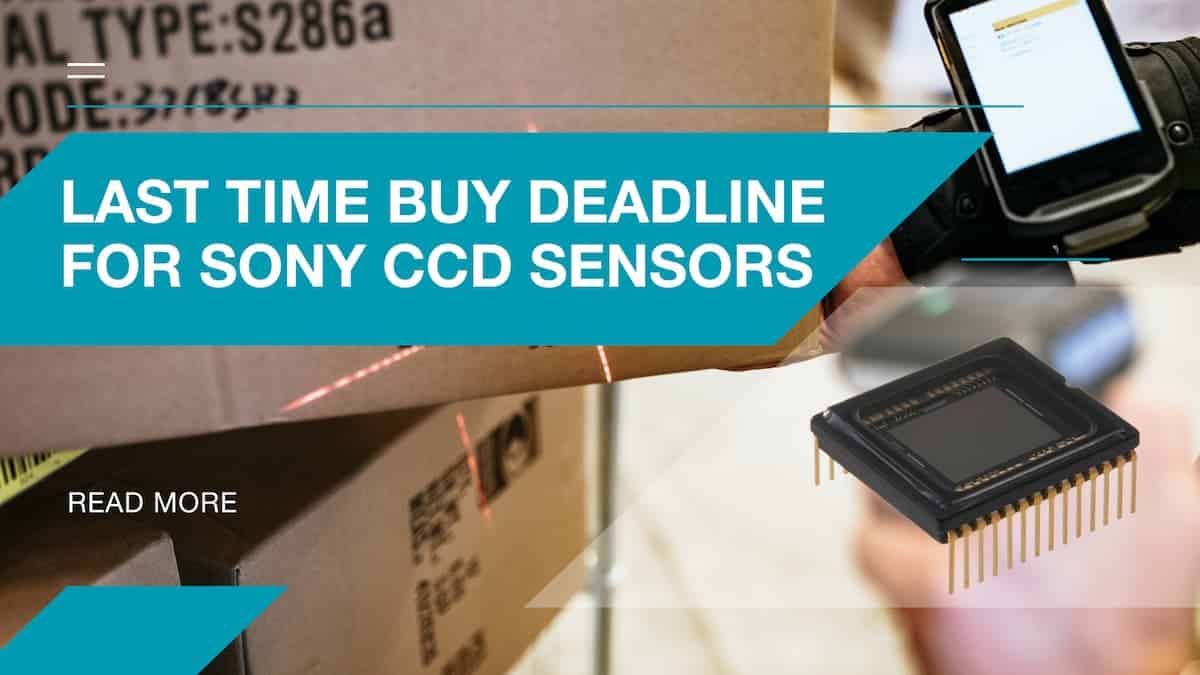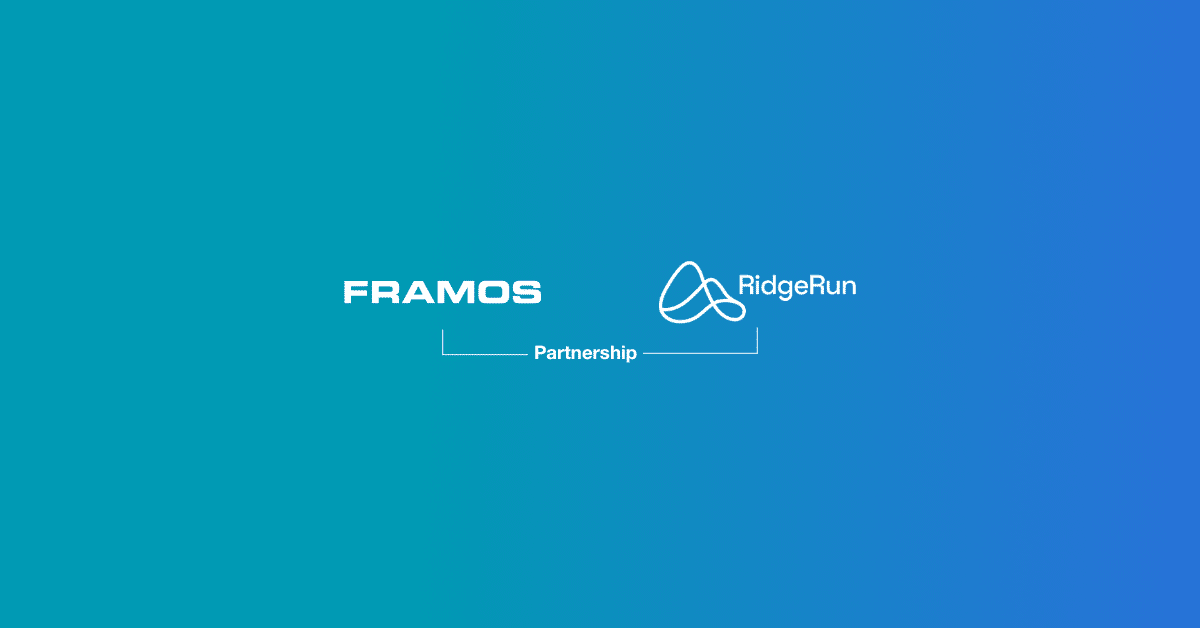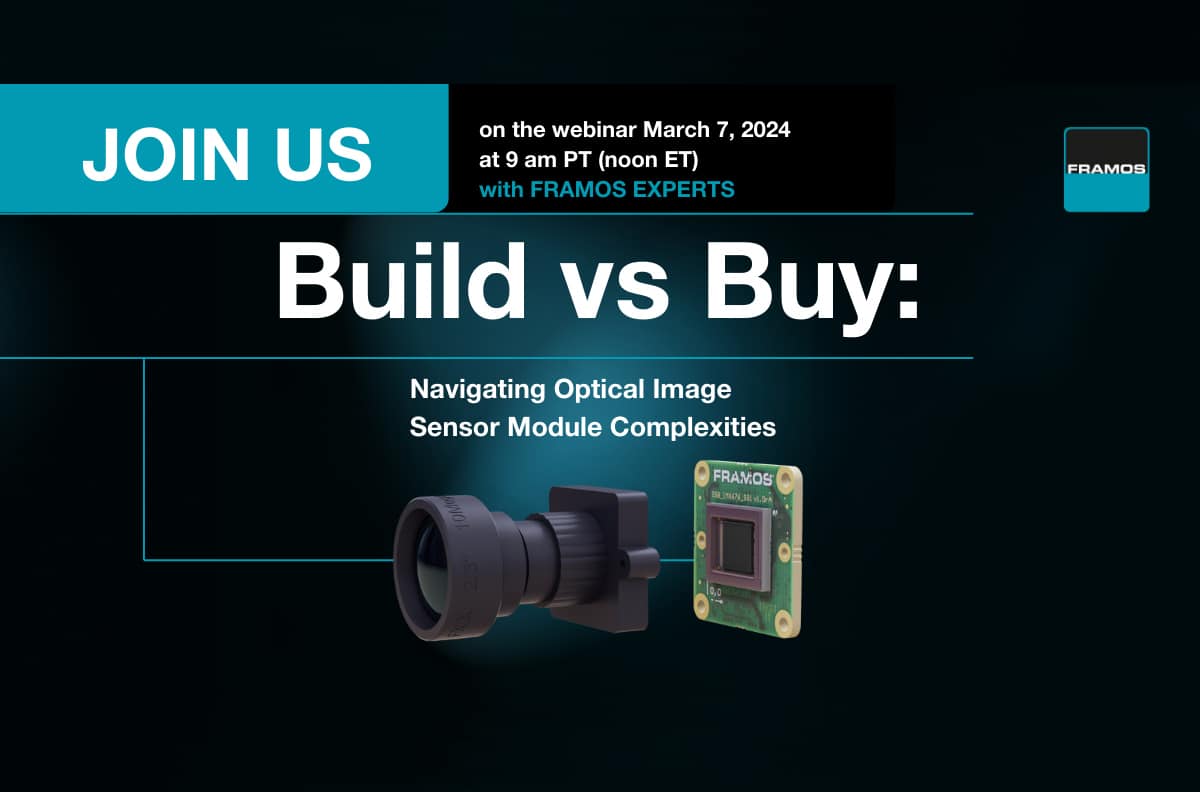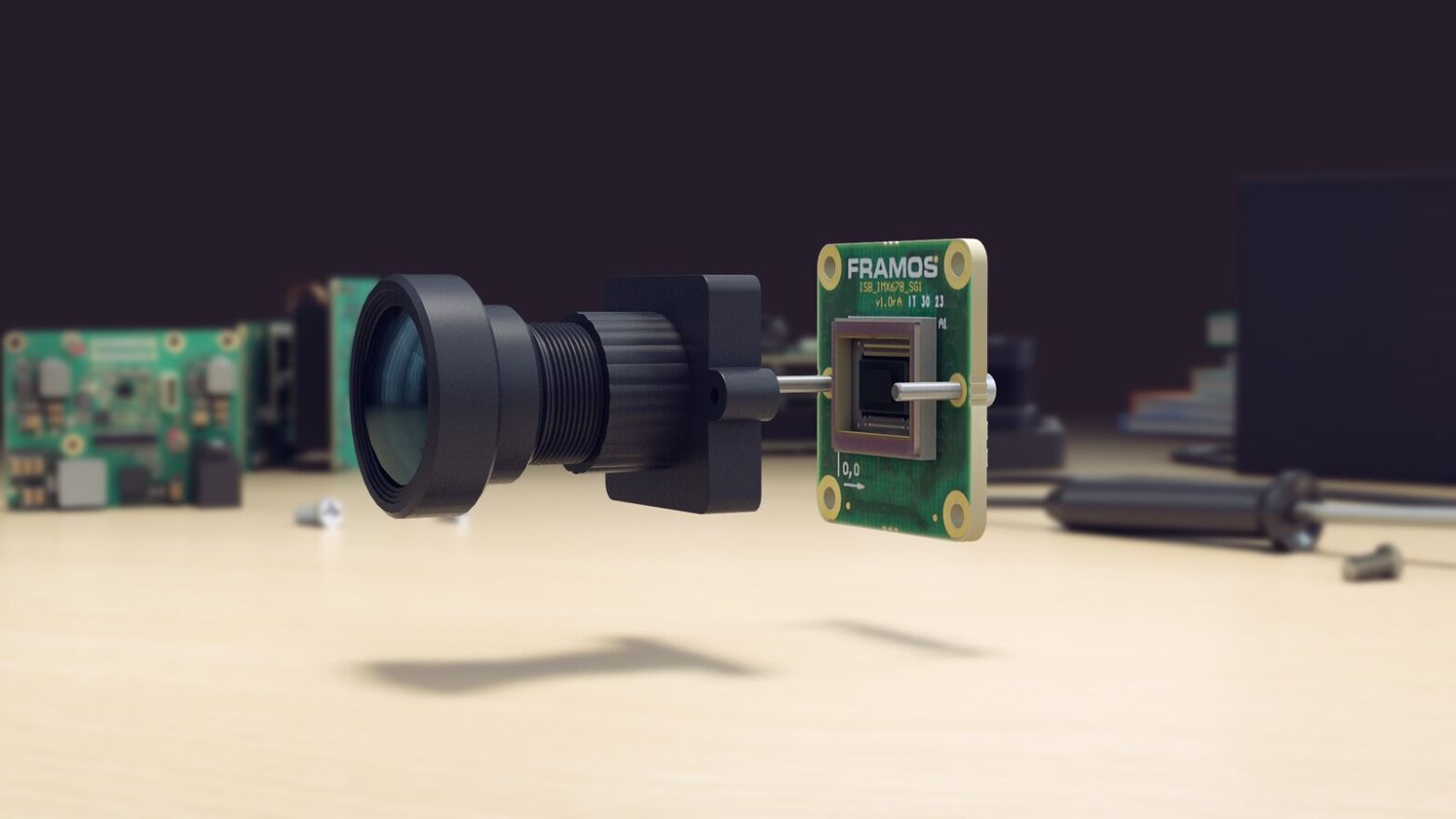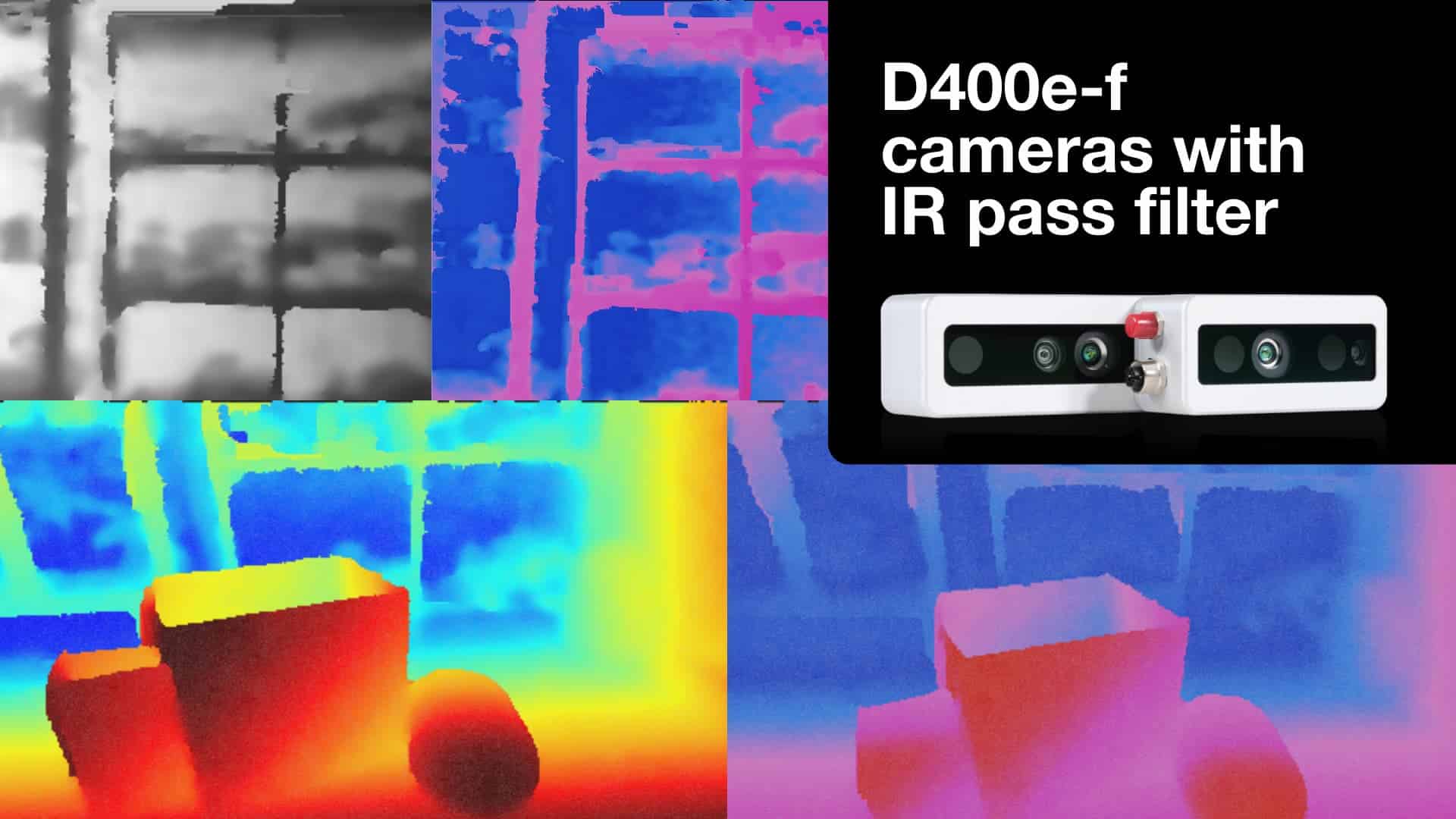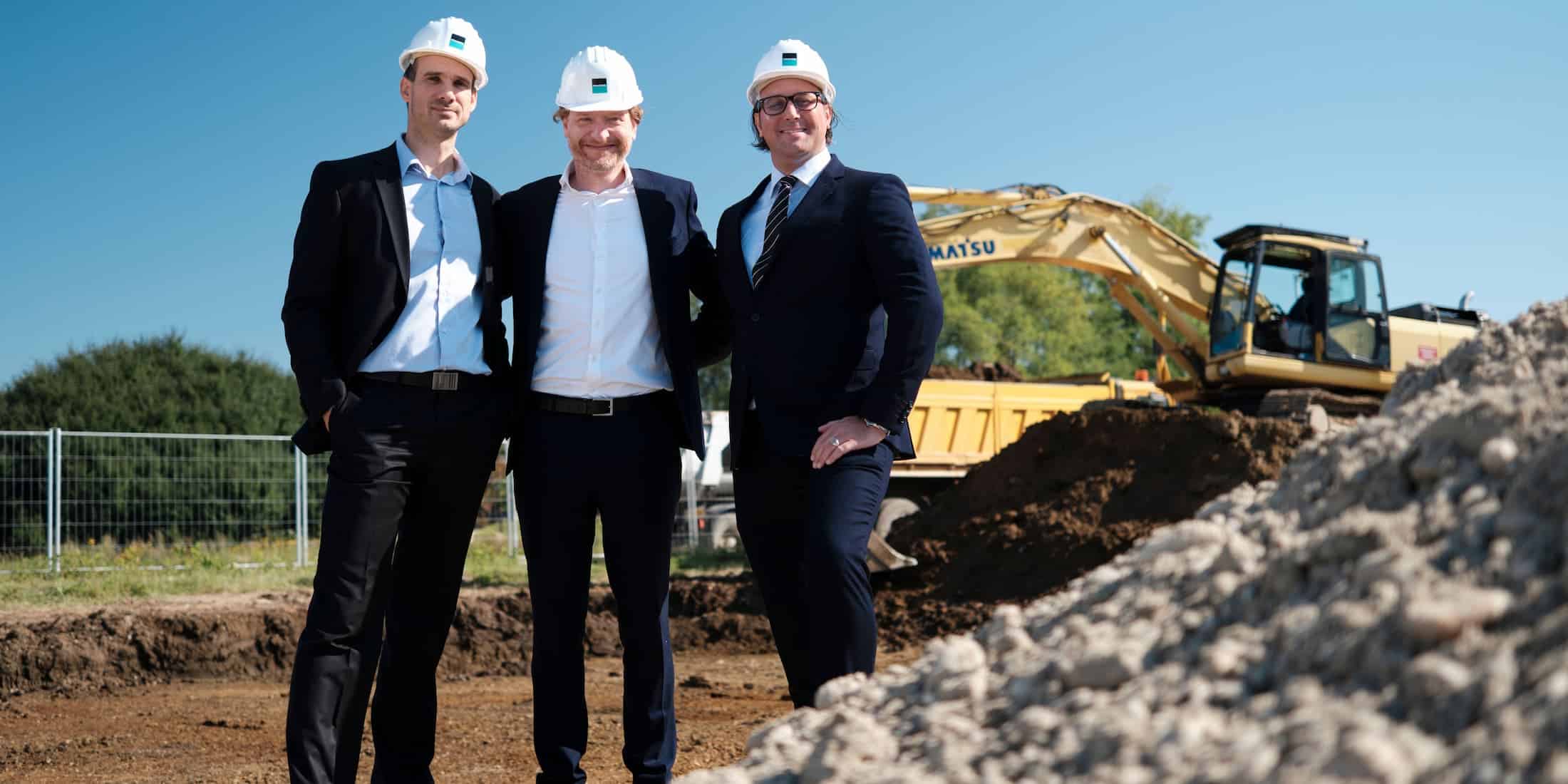FRAMOS GmbH and the specialist magazine INSPECT have carried out their fifth survey with “Cameras and Professional Image Processing 2012”. The differences noted in the previous surveys between the manufacturers’ and the users’ perspectives have now become less marked. This year’s survey focused on industrial applications and gave a consistent picture showing how close manufacturers’ claims have come to the users’ expectations. Author: Dr.-Ing. Ronald Müller, Head of Product Marketing FRAMOS GmbH The analysis is based on responses from 13 camera manufacturers and 51 camera users whose applications are largely industrial. In this context we mean applications in which images are captured and/or analysed automatically, e.g. automation in production and logistics, quality assurance, measuring systems, traffic monitoring, etc.
Distribution across different price categories shows that many manufacturers have been positioning their entry-level models with VGA resolution at below 350 € for some time. The survey shows that 41% of users have cameras with a resolution of less than 1 megapixel, however, cameras in the price range from 650 to 1,000 € are the most popular, accounting for 32% of the market, while cameras priced at below 350 € account for around 20%. This suggests that the majority of our users have relatively high requirements of their cameras in terms of quality, function and service, and are willing to pay more to secure this.
The manufacturers focusing on CCD sensors, Sony and Truesense (formerly Kodak), undisputedly have the largest share of the industrial market for cameras. Aptina is the clear market leader amongst manufacturers of CMOS sensors. When it comes to image processing for industry, CCD sensor technology is way out in front with 69% of the market. In line with the expectations of camera users this market share will, however, shrink over the next two years by 16 percentage points. As many people already know, both Sony and Truesense have already launched or announced a growing range of CMOS technology based models.
What percentages of your cameras fall into the following resolution ranges – now, and in two years’ time? Lens manufacturers may be particularly interested to learn that, in line with the distribution of sensor resolutions, 69% of sensors used have an optical format of less than 1/2″ and 8% of sensors are above 2/3″. With lens mounts a clear picture emerges: 63% of cameras feature a C-mount lens mount. The remaining cameras are largely divided between small image format mounts (K-mount, F-mount, Canon-mount, etc.) (18%) and mini-lenses (pinhole, M12, M14, etc.) (12%).
Nowadays CCD and CMOS sensors from a number of manufacturers are capable of delivering up to 100 frames per second (fps). In two years time it is expected that the range from 100 to 200 frames per second will grow by around 5%. This estimate is supported by the announcement of new cameras with sensors that address this speed range.
What percentages of your cameras are you operating with the following frame rates – now, and in two years’ time? When differentiating between analog and digital cameras it emerges that 34% of cameras in use today still have an analog output. However, in the view of camera users requirements this percentage will fall over the next 2 years by a further 16 percentage points down to 18%. Since the majority of cameras in the industrial sector have a digital video output, a variety of standard digital interfaces are of interest. It should be noted that amongst our subscribers CameraLink represents a particularly important interface, as does Gigabit Ethernet, Ethernet and Firewire IEEE1394a. Looking forward to developments over the next two years there is likely to be a significant shift towards CameraLinkHS, GigE and 10 GigE. CoaXPress also appears to represent an interesting alternative for certain users.
Established and new sensor manufacturers alike have been launching products with ever higher frame rates and ever higher resolutions into the market, these sensors require bandwidths upward of 8 gigabits per second. In the opinion of the camera users it is most likely (58%) that Camera Link HS will emerge on top, compared to 31% for 10 Gbit Ethernet and 12% for CoaXPress.
For issues in professional photo processing where technical hurdles still need to be overcome in order to enable significant growth in turnover, then some clear trends can be identified from the free-form responses of those who participated in the survey: Most important viewsand the number of mentions Higher frame rates – 12
Lower costs – 9
Higher resolution – 8
Simpler programming of smart cameras and PC software – 5
Ease of use and installation – 5
Enhanced image quality (greater sensitivity, less noise) – 5
Greater standardisation – 4
Higher-performance HW (for processing large volumes of data) – 3
Larger bandwidths for data transfer – 3
HDR – 3 It is interesting to note that the answers “higher frame rates” and “higher resolution” were provided simultaneously by a number of subscribers. The same applies to the desire for “larger bandwidths for data transfer”, which was mentioned directly in three instances. The users’ desires were expressed repeatedly and also included ease of programming, ease of use and greater standardisation.
Looking from the manufacturer’s perspective, we asked camera producers (predominantly for industrial applications) which manufacturers’ image sensors they use “very frequently”, “frequently”, “with average frequency” or “rarely”. Sony and Aptina are the leading manufacturers in this context. It is interesting to note that CMOSIS sensors are already being used “very frequently” or “frequently” in a significant percentage of cases. Camera manufacturers state the relative importance of CCD and CMOS sensors as 75% and 25% respectively. CCD technology is thus rated as even more important amongst manufacturers than it is amongst camera users, who stated a ratio of 69% to 31%. Admittedly, the manufacturers are expecting stronger growth for CMOS sensors by 20 percentage points over the next two years (compared to 16 percentage points for users). For manufacturers as well as users, in applications with automated image capture, colour plays only a minor part. They stated that 74% of such cameras are monochrome (84% amongst users). 49% of cameras today are lower than 1 megapixel in resolution. Unlike the users, manufacturers are expecting the highest growth in the category of cameras above 10 megapixels. In general a slight tendency towards higher resolutions of above 1 megapixel is manifesting itself.
What percentage of your cameras do you sell in each resolution range – now, and in two years’ time? Manufacturers are keenly interested in sensors with less than 1 megapixel resolution. One third of sensors accordingly have an optical format of 1/3″ or smaller. It is interesting to note that a large percentage (35%) of this category is between 1/2″ and 2/3″. Even more clearly than camera users, the manufacturers point to a 76% surplus of C-mount lens mounts. Other lens mounts are of lesser importance here. Regarding frame rates, the manufacturers base their thinking on an assumption that in 2 years’ time the category ranging from 100 to 200 frames per second will increase by approx. 3 % and the category for more than 200 fps will increase by 4 %.
What percentages of the cameras you sell can achieve the following frame rates – now, and in two years’ time?
In order to shed some light on the output aspect of cameras we started by asking about the percentages of analog and digital cameras. 20 % of the cameras produced have an analog output. This percentage is likely to shrink over the next 2 years by 8 percentage points down to 12%. For the question regarding how often digital camera interfaces are used, the results reveal that Firewire IEEE1394a, CameraLink, Ethernet and Gigabit Ethernet are clearly the leaders in this regard. Looking forward to developments over the next two years, there is likely to be a significant shift in the direction of USB3, CameraLinkHS, GigE and 10 GigE. However, for certain manufacturers CoaXPress represents a possible alternative.
In two years’ time how frequently will you be selling cameras with the following types of interface? Against this background the views of camera users concerning which interface will win out in the bandwidth range of over 8 gigabits are enlightening. At 68% 10Gbit Ethernet is the clear frontrunner ahead of Thunderbolt (19%) and CoaXPress, which scores 10%. Camera Link HS has until now only been pushed by a very small number of large camera manufacturers, the camera manufacturers who participated in our survey presumably cannot see any use for this data interface so far.
In your opinion, which of the following interfaces are most likely to win out for bandwidths > 8 Gbit/s?
The development of PC-based software (e.g. SDK, viewer applications and configurators) coupled with problems with the data interface in cameras appears to represent a significant problem for some camera manufacturers. This is borne out by the success of various companies that have specialised in developing camera interfaces and associated PC software. It is also to be anticipated that many sensor manufacturers will bring new designs of CCD and CMOS sensors to the market in order to meet the demand for greater sensitivity, the global shutter function and possibly also lower unit costs. The most important and evaluated abstracts will be published in issue 6/2012 of the INSPECT journal on the 25th of October, and as well presented and discussed on the 08th of November at 9.15 at the Vision Days as part of the Vision Show in Stuttgart. Download article (pdf) Publication: Inspect (pdf)
